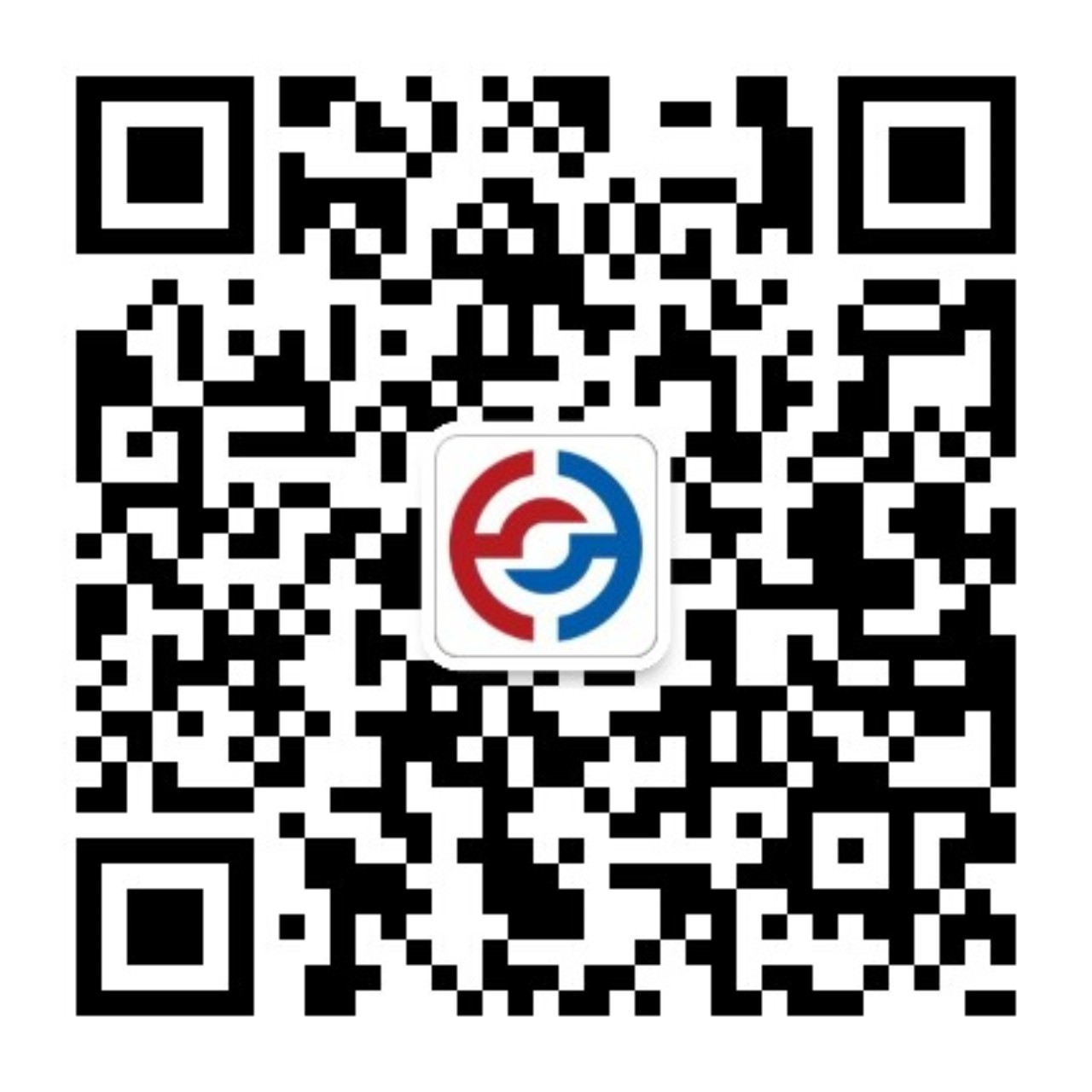巴西央行保留选择权,因为卢拉“感觉到”未来将降息。巴西央行行长加利波洛(Gabriel Galipolo)周四表示,他和其他政策制定者将坚持依赖数据的方法,不会就下一次利率变动提供指导,而总统路易斯·伊纳西奥·卢拉·达席尔瓦(Luiz Inacio Lula da Silva)表示,他“可能闻到”即将到来的降息。
Brazil's central bank keeps options open as Lula 'senses' rate cut ahead.Brazil's central bank chief Gabriel Galipolo said on Thursday he and his fellow policymakers will stick to a data-dependent approach and offered no guidance on the next interest rate move, while President Luiz Inacio Lula da Silva said he "could smell" cuts coming soon.
